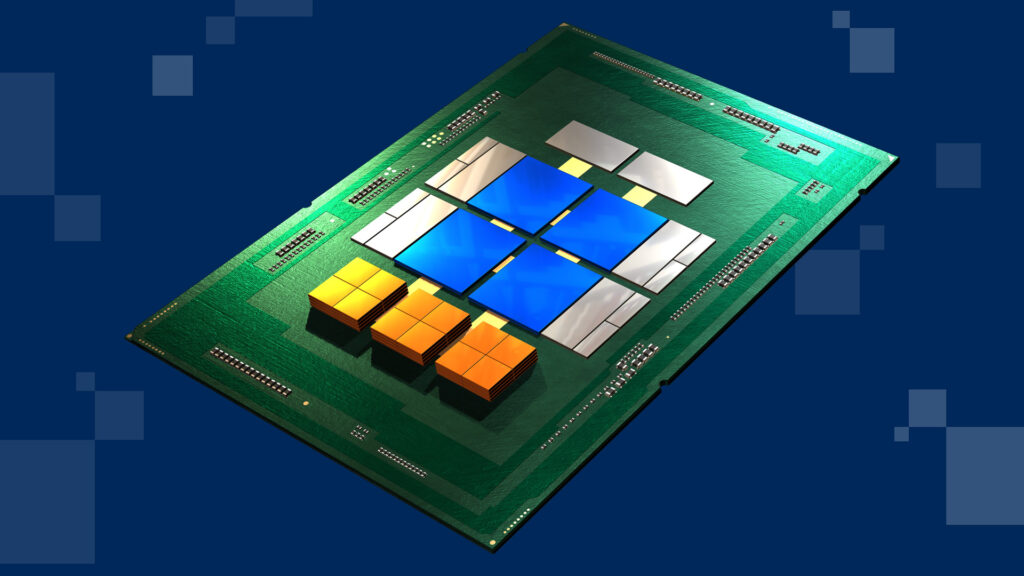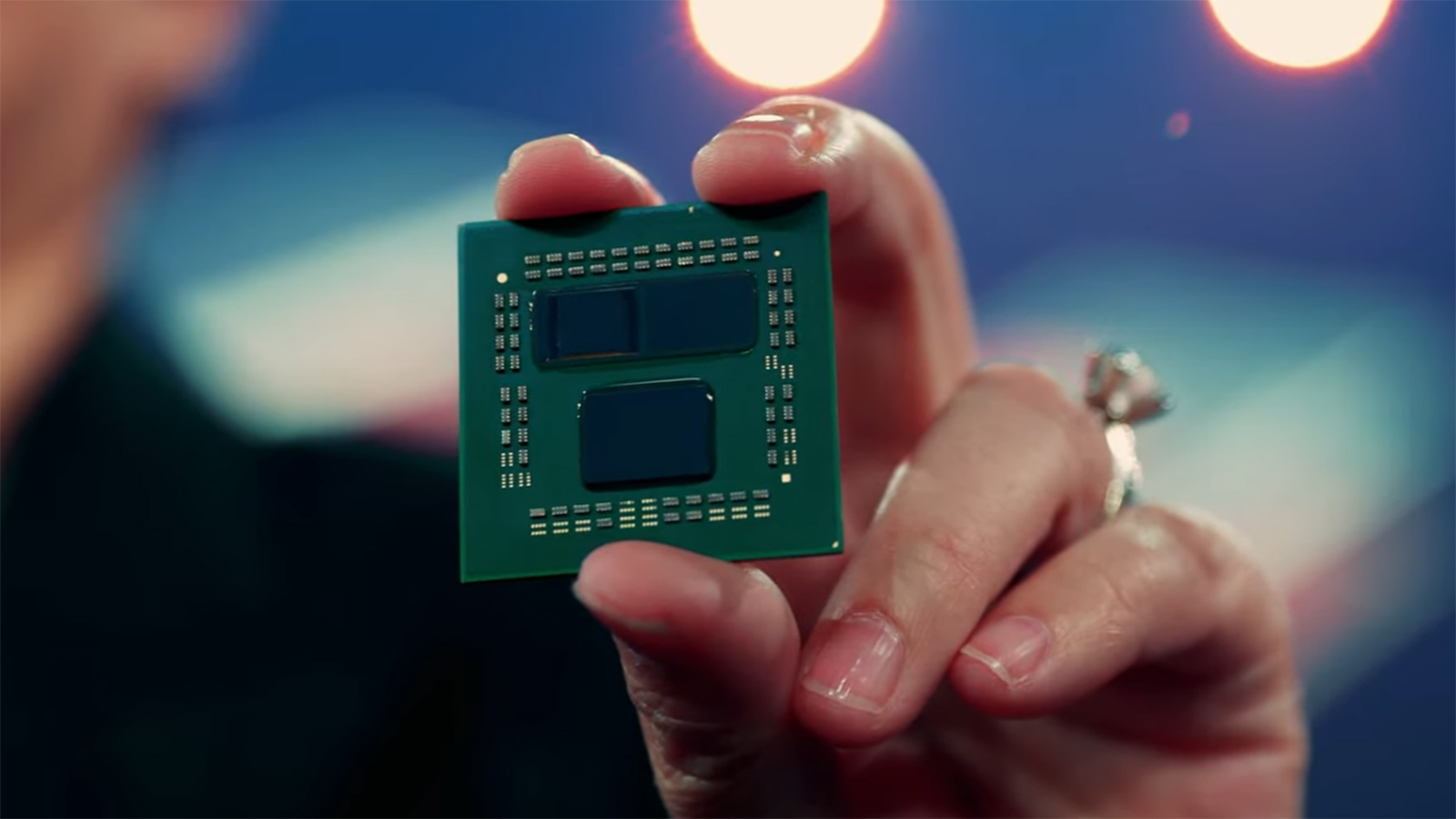
Delving into the intricacies of the chiplet market can feel like navigating uncharted territory for the average consumer, but understanding this technology is crucial for grasping the future of CPUs. Drawing parallels between chip tech and everyday concepts, such as fast food packaging, helps demystify the complexities.
Contrary to popular belief, chiplets are not a novel concept—they’ve been in existence since the 1980s, primarily in high-end industrial hardware produced by companies like IBM. The fundamental idea behind chiplets involves segregating various functions of a processor into individual chips to enhance performance. This concept, akin to the McDLT’s compartmentalized packaging, ensures that different components maintain optimal operating conditions.
In the realm of CPUs, industry giants like AMD and Intel are revolutionizing chip design by adopting chiplet technology, allocating distinct components to different parts of the die. Notably, the integration of Neural Processing Units (NPUs) is reshaping the landscape, ushering in the era of “AI PCs.” Ideally, chiplet technology would adhere to open standards, allowing for seamless integration of components from different manufacturers. However, the current landscape is characterized by proprietary standards, with each company offering compelling combinations tailored to their specifications.
Despite the advancements in chiplet technology, challenges persist, particularly in terms of engineering complexity and manufacturing costs. Layering chiplets in “3D” stacks enhances performance and efficiency but comes at a considerable expense. Additionally, the reluctance to share proprietary designs hampers collaborative innovation within the industry, reinforcing closed ecosystems.
Amidst debates surrounding the viability of Moore’s Law, industry experts remain optimistic about the semiconductor industry’s trajectory. While skeptics question its relevance, proponents highlight the industry’s resilience in overcoming perceived limitations. As technological innovation continues to accelerate, the semiconductor industry experiences unprecedented growth, reaffirming its pivotal role in driving progress.




